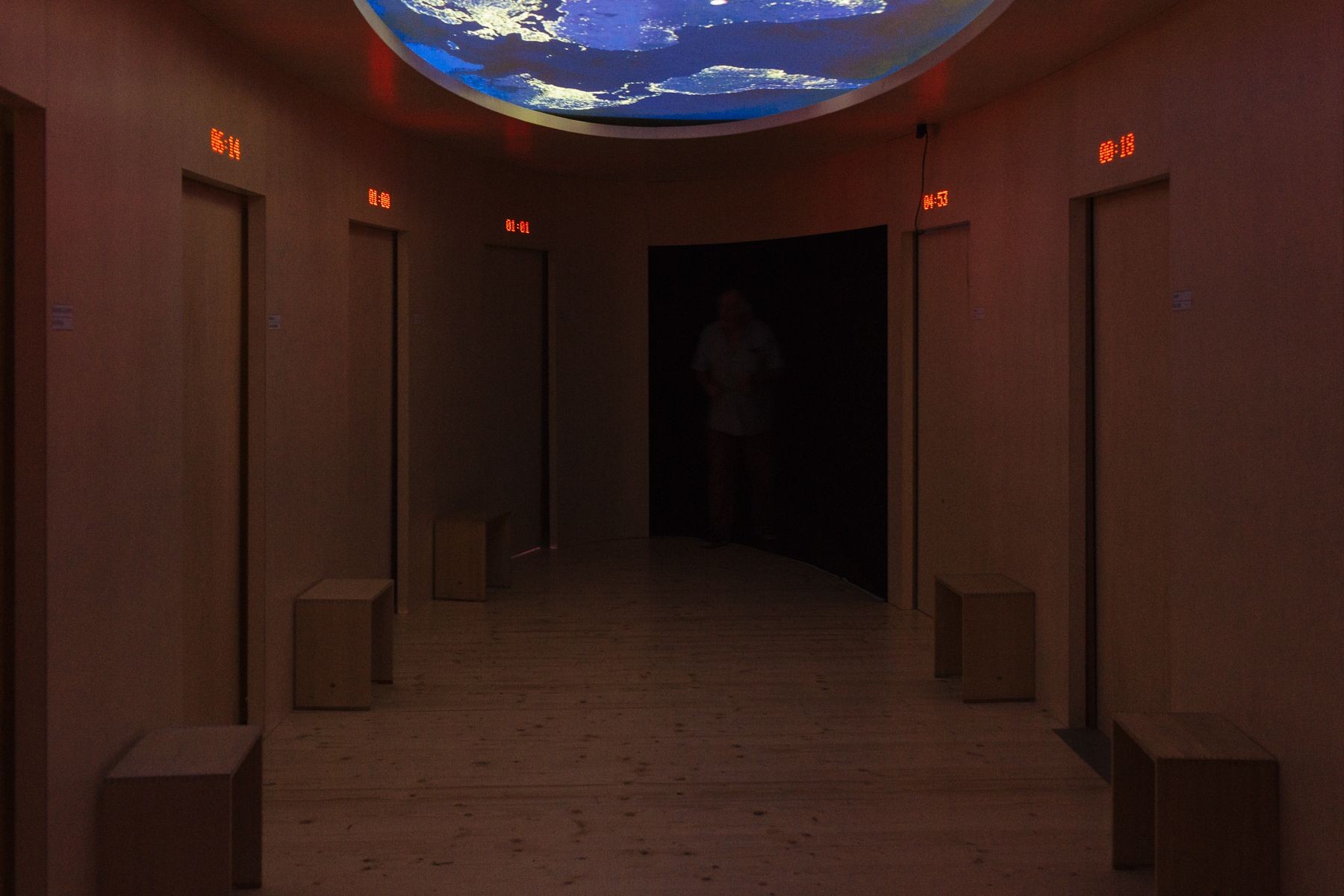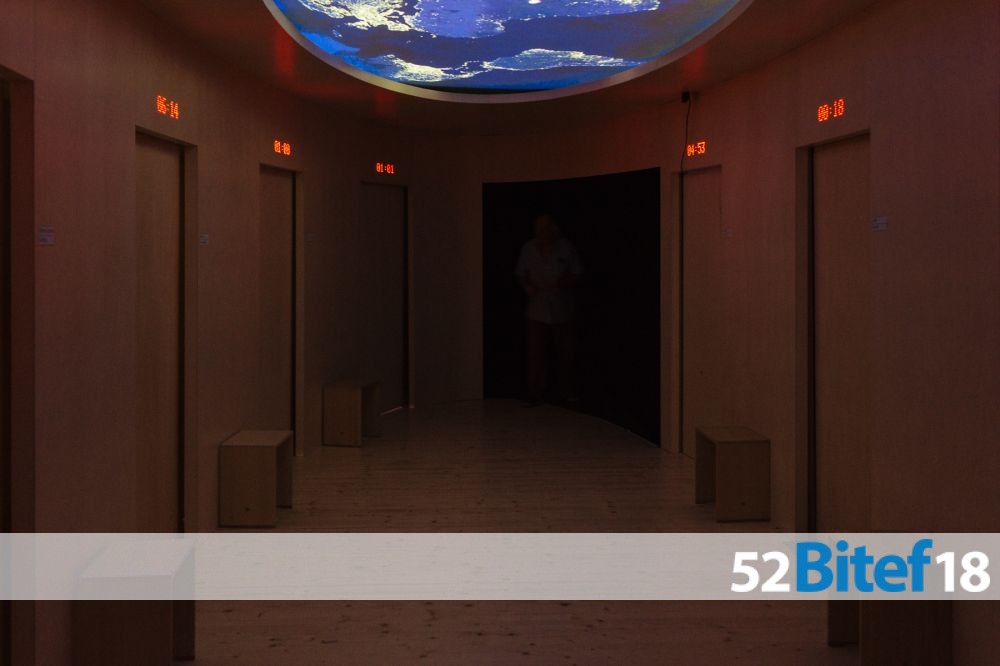In 1967 the American critic Michael Fried published his essay Art and Objecthood in which, whilst emphasizing the difference between modernism and minimal art, he used terms ’presentness’ and ’theatricality’ as characteristics of the former, i.e. the latter. Without going into the interpretation of this distinction, we note that ’theatricality’ - which in Fried appears to mean an affected construction, artificiality and ’posing’ - is introduced into the history of art discourse as a negative feature of art disrupting the ontology of a modernist work and the value system it embodies. It is understandable that Fried, as a representative of the formalistic school of thought, disregards completely the change of the art paradigm brought about in the Sixties by neo-avant garde movements when a completely different type of ’theatricality’ became one of the most important instruments breaking through the boundaries of the art’s modernist autonomy. Happening, fluxus, performance, body art, installations, environments and different inter-media forms of expression have conduced, as never before, to a rapprochement of theatre and visual arts. This rapprochement, involving also other disciplines (music, literature, film, dance), is due to a ’performative turn’ meaning the shift of the accent from a performance or exhibition to a meta-category of the event questioning the established parametres (context of appearance, means of production, mode of reception) on the basis of which a work is assigned to a particular discipline.
BITEF joined this trend and its accompanying programmes in 1968-1972 accorded an important place to ’fine arts BITEF’ organised by Galerija 212 headed by curator Biljana Tomić. The festival not only recorded regularly paradigmatic changes of the time: it also, and for the first time in Yugoslavia, offered the possibility of a ’close encounter’ between theatre and visual arts or, more concretely, ’new theatre tendencies’ and ’new artistic practice’ which, regrettably, did not go beyond showing the fluidity of their boundaries leaving aside relevant critical-theoretical analysis. The initial premise in the consideration of current encounters is not only changes due to the performative turn in the Sixties but also the absence of a theoretical analysis of the aftermaths of this turn we follow to this day. In spite of interdisciplinary leanings both theatrology and visual arts theory seldom investigate them while the local practice knows only of isolated cases of articulate deliberation of the theatrical in visual arts and vice versa. The theatre installations closing BITEF this year should break the stalemate and open a debate not about boundaries any more, as it is obvious they have been stepped over, but about the thresholds of transition or inter-spaces of theatre and visual arts.
Dejan Sretenović
Participants: Dominic Huber, stage designer and director (Rimini Protokoll); Marina Davidova, theatre critic, historian and producer (Senior Researcher, Institute of Art Studies in Moscow), Jelena Vesić, PhD, independent researcher, curator, art historian and writer who lives in Belgrade and acts internationally; Ana Vujanović, PhD, independent culture activist, theoretician of performing arts and culture and dramaturgist living and working in Berlin, Amsterdam and Belgrade
Moderator: Dejan Sretenović, PhD, art historian and theoretician (curator of the Museum of Contemporary Art in Belgrade)
Photography: Samuel Rubio


- total votes 0